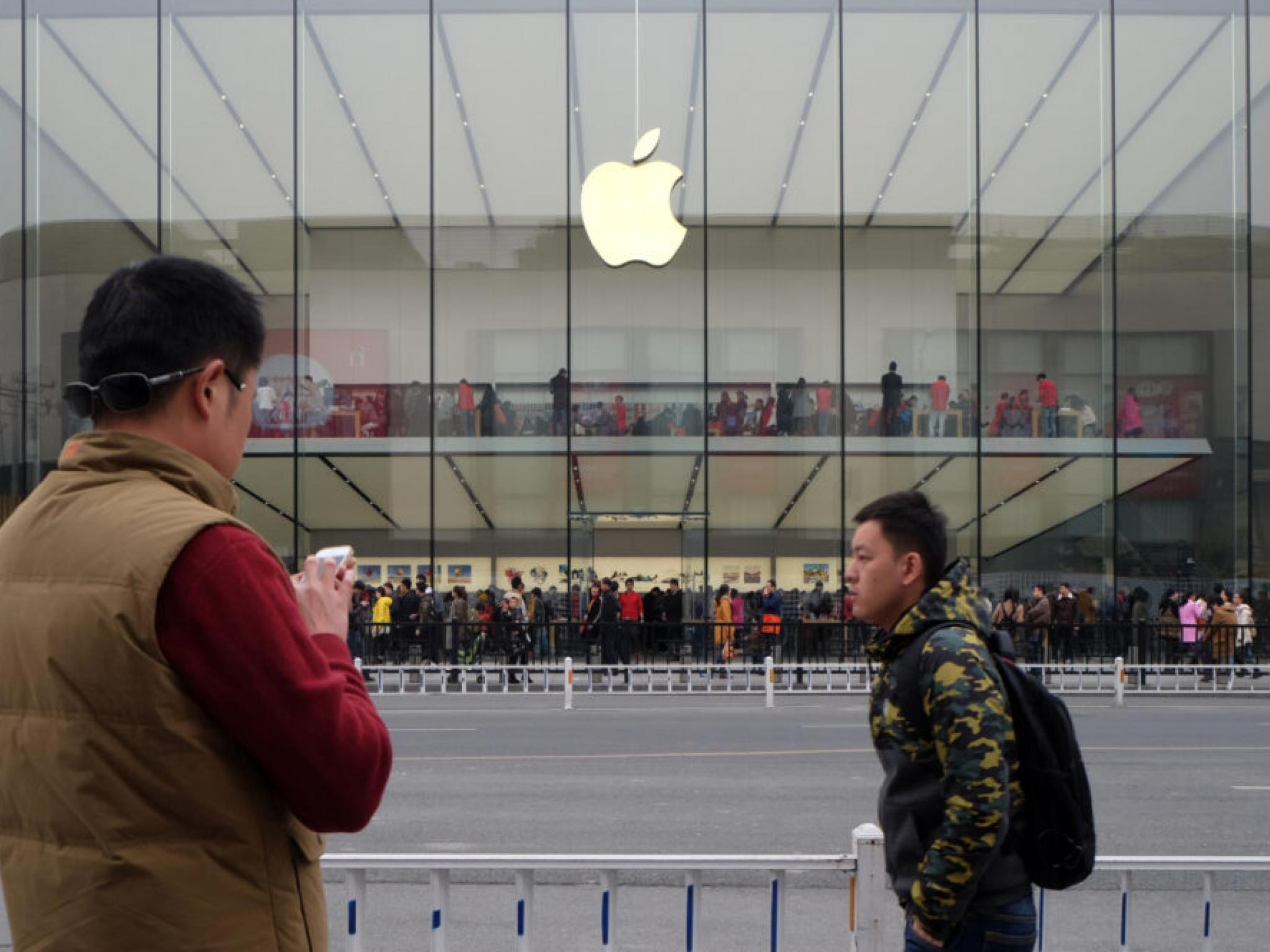China Is Eating Apple's Lunch: Where Smartphone Maker Ranks Vs Asian Competitors
Author: Anusuya Lahiri | September 11, 2024 05:37pm
Apple Inc. (NASDAQ:AAPL) is losing its mojo in China’s crucial market as its domestic players gain ground. The uncertainty regarding the availability of the Apple Intelligence feature in the country is an additional downer.
The iPhone maker’s market share in China plunged to sixth place from third in the second quarter of 2024. According to Canalys, Apple had a market share of 14%, down by two basis points year-on-year.
Also Read: China’s Markets Still Manage To Get Nvidia AI Chips Via Smuggling: Report
China’s smartphone shipment grew 10% year-on-year to over 70 million units in the second quarter. Vivo emerged as the number one with a 19% market share by shipping 13.1 million units, up by 15% year-on-year, driven by solid performance in offline channels and robust online sales during the Chinese e-commerce festival.
OPPO remained in second position with a 16% market share after shipping 11.3 million units. HONOR came third with a market share of 15%, backed by shipments of 10.7 million units, implying a 4% growth year-on-year.
Huawei Technologies Co bagged the fourth position with a 15% market share supported by shipments of 10.6 million units, which grew by 41% year-on-year. Xiaomi Corp (OTC:XIACF) (OTC:XIACY) came fifth with a market share of 14%, backed by a 17% year-on-year shipment increase to 10 million units.
Canalys attributed the local brands’ success to the early significant discounts and promotions backed by offline channel enhancements.
The local brands continue to tap the Chinese premium smartphone market by integrating generative artificial intelligence, and their deep collaboration with regional supply chains is a significant advantage, Canalys noted.
Canalys also flagged Apple’s struggle to maintain adequate inventory levels, keep retail prices in check, and maintain the margins of channel partners.
Huawei’s $2,800 Mate XT trifold phone launching on September 20 coincides with the release of the iPhone 16 models. Apple’s iPhone 16 Pro Max starts at $1,199, while the standard iPhone 16 is $799.
International Data Corporation (IDC) expects global smartphone shipments to increase by 5.8% to 1.23 billion units in 2024, marking a recovery with generative AI posing as a significant catalyst.
However, due to higher competition in China, Android growth is expected to beat Apple iOS. As per IDC, Apple’s success hinges on its capability to forge local AI partnerships in China.
Ivan Lam, senior analyst at Counterpoint Research told SCMP that iPhone market share in the premium segment will likely decline as Huawei and other Chinese brands gain traction.
Apple has not yet revealed its plans for AI integration in China, which could place it at a disadvantage in the race to implement AI, SCMP cites Canalys analyst Lucas Zhong. However, Lam noted that pent-up demand for iPhone upgrades may still boost sales in China.
Price Action: AAPL stock closed at $222.66 on Wednesday.
image via Shutterstock
Posted In: AAPL XIACF XIACY





